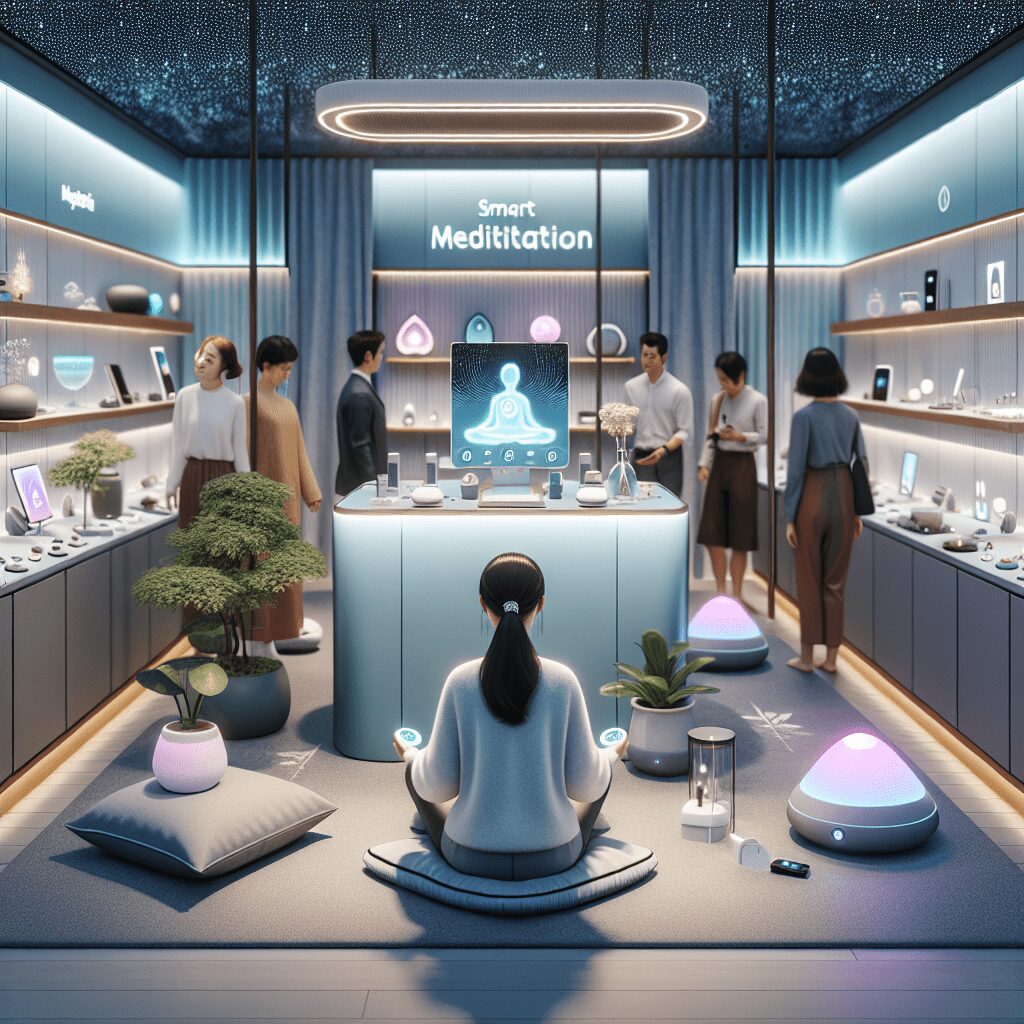
Prioritize your mental well-being daily. Enhance your life by nurturing your mental health with the Smart Meditation app. Break free from stress, alleviate anxiety, and enhance your sleep quality starting today.
What Does It Mean If Asmr Videos Give You Anxiety?
Unraveling the Mystery: When ASMR Triggers Anxiety
You might’ve stumbled upon ASMR (Autonomous Sensory Meridian Response) videos while diving down the rabbit hole that is YouTube late at night. These videos, known for their whispers, subtle sounds, and gentle motions designed to trigger a relaxing, tingling sensation in viewers, have skyrocketed in popularity. However, what happens when instead of being lulled into a state of bliss, you find your nerves jangling, and anxiety levels spiking? It’s a curveball, no doubt, but certainly not unheard of. Let’s delve into why ASMR might be more of a nightmare than a dream for some.
A Tingle or a Tangle? Understanding the Paradox
At first glance, the concept that videos aimed to soothe could instead exacerbate anxiety might seem like a puzzling paradox. However, it’s key to recognize that the human brain is a complex landscape, where one size hardly fits all. Here are a few insights:
- Personal Sensitivity: Everyone’s sensory processing is wired differently. For some, the heightened sensitivity to sound can make ASMR stimuli more overwhelming than calming. It’s akin to someone tickling you incessantly – what’s intended as playful can quickly turn torturous.
- Misophonia: A term that may not be household vocabulary, misophonia, is crucial to this discussion. It refers to a strong aversion or emotional response to specific sounds, which, surprisingly, overlaps with many ASMR triggers. If the sound of chewing, whispering, or tapping sends shivers down your spine for all the wrong reasons, you might just have found the culprit.
- Anxiety and Control: For individuals grappling with anxiety, especially forms that are triggered by a lack of control over one’s environment, ASMR can inadvertently heighten this sense. The unpredictable nature of these sounds, not knowing when the next tap, whisper, or crinkle might occur, can send anxiety into overdrive.
Navigating the Soundscape: Adjusting Your ASMR Experience
If you’re on the fence about whispering goodbye to ASMR altogether due to these jitters, pause for a sec! Not all hope is lost. With a bit of tweaking, you might yet find a way to enjoy ASMR sans the anxiety:
- Selective Listening: Zero in on the types of sounds or visual triggers that do work for you – maybe soft-speaking over whispering or watching no-talking ASMR videos. It’s all about customizing your experience.
- Volume Control: The intense reaction might stem from how loud the stimuli are. Watching ASMR videos at a lower volume could mitigate the anxiety triggers without nullifying the relaxation effects.
- Environment Matters: Ensure you’re in a comfortable, safe space when diving into ASMR. A part of the anxiety might be tied to not feeling secure in your environment, which amplifies the negative response to these stimuli.
To warp this up, it’s essential to remember that it’s perfectly okay if ASMR isn’t your cup of tea. After all, relaxation is a highly personal journey – what soothes one person might agitate another. If ASMR videos leave you more wired than unwound, it might be a sign to explore other avenues for relaxation and stress relief. From mindfulness meditation, reading, to simply taking a leisurely walk, the avenue to tranquility is as varied as our responses to ASMR. Always listen to your body, and you’ll find your zen, whether in silence or in sound.





